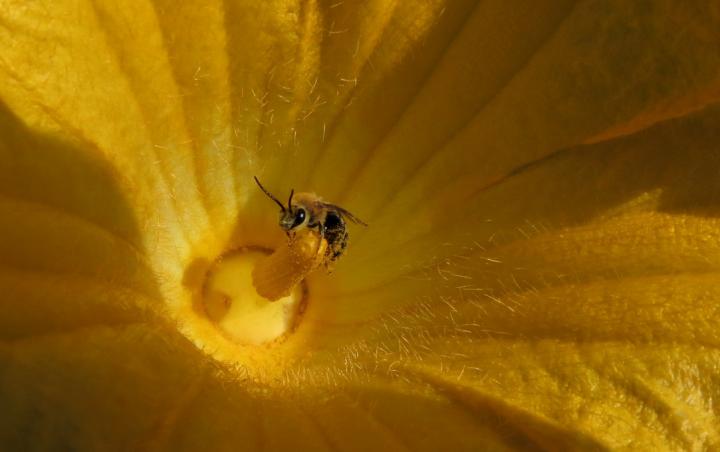Honeybees are important pollinators, and their decline due to various environmental stressors including pesticide/'>pesticides has raised concerns worldwide. Two pesticides that have been found to be particularly harmful to honeybees are imidacloprid and fipronil.

Studies have shown that even sublethal doses of imidacloprid can lead to abnormal behavior in young adult honeybees, including reduced food consumption, impaired memory, and reduced ability to carry out tasks such as foraging. Similarly, exposure to fipronil has been found to impair foraging behavior and homing ability in honeybees, leading to reduced colony growth and productivity.
Further research has revealed that honeybees are exposed to imidacloprid and fipronil not just through direct contact with the pesticides, but also through ingestion of contaminated nectar and pollen. Surprisingly, it has also been found that honeybees can be exposed to pesticides through their wings, which can absorb and transfer pesticide residue to other bees.
While honeybees have some detoxification mechanisms that enable them to tolerate some levels of nicotine, another harmful substance found in some plants, the same mechanisms do not protect them from the impacts of imidacloprid and fipronil. In fact, exposure to these pesticides can lead to reduced lifespan and impaired behavior in honeybees even in the absence of other stressors such as parasitic infections.
To mitigate the impacts of these pesticides on honeybees and other pollinators, it is important for farmers and beekeepers to follow best practices in pesticide use, such as applying them only when necessary and avoiding spraying during peak foraging periods. Additionally, exploring alternative pest management strategies that minimize reliance on chemical pesticides can help protect the health of both honeybees and the environment.
